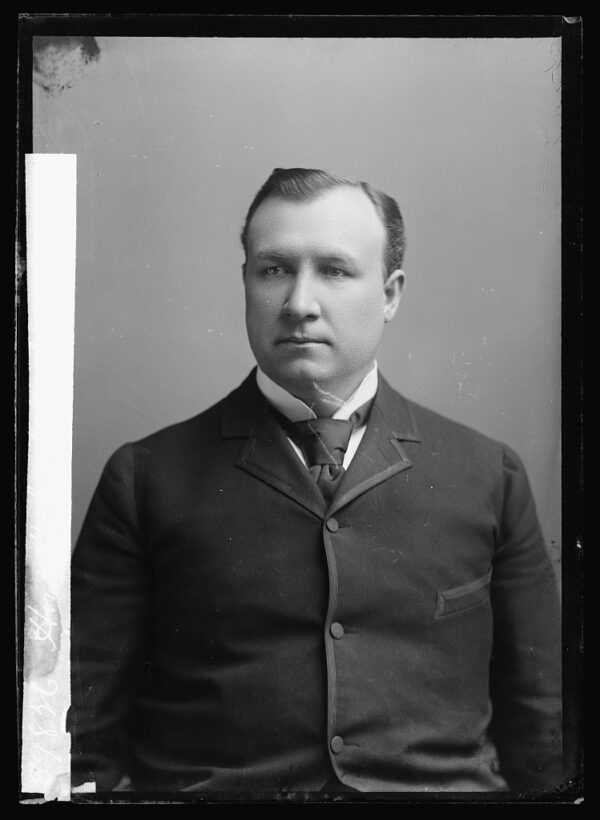
What Happened in 1906? Examining Atlanta’s Turbulent and Resilient Past
In this lesson, students will be introduced to the series of events that occurred over four days in Atlanta, Georgia in 1906 that came to be known as the Atlanta Race Massacre.

Michael Hoke Smith was a newspaper publisher, lawyer, and politician whose publications inflamed racial tensions leading up to the 1906 Atlanta Race Massacre. Though he was born in North Carolina, it was in Georgia that Smith came to prominence. He married Marion “Birdie” Cobb in 1883. Birdie was the daughter of Thomas R. R. Cobb who, according to the New Georgia Encyclopedia, was “one of the South’s foremost defenders of slavery.” In the late 19th and early 20th centuries Smith emerged as the leader of the state’s Progressive movement. He served as the Governor of Georgia from 1907 to 1909 and again in 1911 until his second term ended when he took up a seat in the U.S. Senate, a position he retained from 1911 to 1921.
Smith was also a newspaper editor, and his publications played a controversial role in inflaming racial tensions, particularly in the lead-up to the 1906 Atlanta Race Massacre. As the owner of the Atlanta Journal and one of the candidates in the 1906 gubernatorial race, Smith used his platform to promote white supremacy and segregationist policies. To gain support from some of the state’s other prominent Populist politicians, Smith specifically pushed a narrative in the media that would serve to disenfranchise Black voters. The inflammatory and false stories he published in the Atlanta Journal during the 1906 campaign directly contributed to the atmosphere of hostility and violence against African Americans in the city. Ultimately, Smith’s tactics were successful and he won the election.
As governor, Smith was responsible for pushing through a wide range of reforms in education, labor, railroads, and prisons. In fact, it was during his term that the convict lease system, which served as a de facto slave labor system, was abolished. However, Smith was also responsible for furthering segregationist goals and put forward a constitutional amendment that helped to formally disenfranchise Black voters. Despite the many beneficial reforms, he was responsible for, Hoke Smith’s legacy is marred by his segregationist rhetoric and white supremacist beliefs that contributed to the violence of the 1906 Atlanta Race Massacre.
Featured in

In this lesson, students will be introduced to the series of events that occurred over four days in Atlanta, Georgia in 1906 that came to be known as the Atlanta Race Massacre.